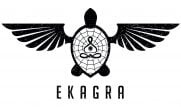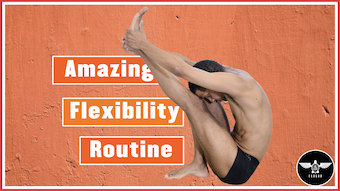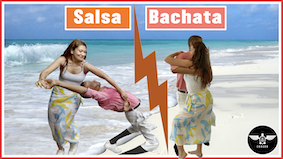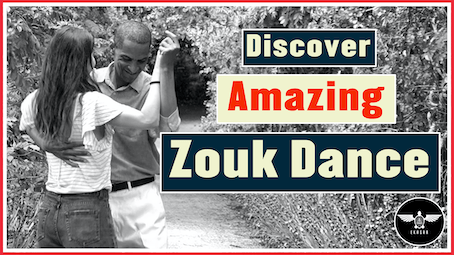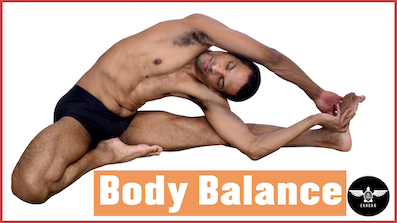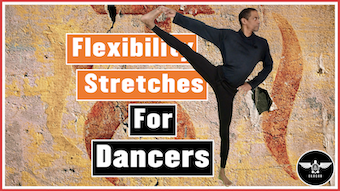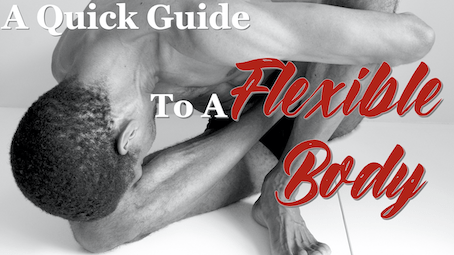
If you engage in any form of physical activity, you must have a flexibility routine to help you prevent injuries and keep your whole system healthy. Following is my step-by-step guide into what to do and what to avoid if you want a successful flexibility routine that yields results.
Why do you want a flexibility routine?
Flexibility is one of the most underestimated aspects of physical activities. How often have you launched yourself into a sport or physical effort and neglected to properly warm up and cool down? We all tend to put this aspect of the game behind the back of our heads and think they will always be a tomorrow to do flexibility exercises. The reality is that we should put flexibility routine at the core of any training we undertake. Even when launching a weight loss program, you might need flexibility to help you.
Why?
Here are the words of a famous football goalkeeper on what his coach told him was the most important aspect of his game:
“He told me, “the most important thing in football is to rest”. Rest means the ability to recover so you can come back and fight another day.” So many people practice a sport vigorously, then, when things start to fall apart in their body, they put the sport aside and think they can not do it. The reality is that whenever you do an activity, the key to progress is practice over and over. So what is the best way to repeat the efforts constantly? By making sure we avoid injuries? How do we do that? By resting the body both actively and passively. Passively means to sleep or recover by relaxing our body. On the other hand, actively is concerned with stretches of our muscles.
What is flexibility and what are the benefits?
First, what is flexibility? It’s the ability to bend easily without breaking or the quality of being easily adapted or offering many different options. I like both definitions because I try to work from all angles. As a dancer, I love to be able to create and learn new moves. These moves are impossible to learn if I cannot command my body the way I want. On the other hand, the ability to bend easily offers many health benefits such as better posture, reduced risk of injuries, more strength, and, some in the yoga sphere believe, prolonged lives.
How quickly can you get flexible?
It all depends on how often you commit to the effort. Flexibility is something people can work on every day. Therefore it is possible to see results within a few weeks. However, it is also subject to your physical condition, age, weight, etc. Moreover, your flexibility routine must be focused on repetition and diversity for the physical efforts. Therefore, you should have a practice that is varied and well organized to allow you to be injury free.
Did you know? You can get inured doing yoga
One of the best ways to improve flexibility is to practice yoga asanas. That’s, unfortunately, also a venue for injuries. The main reason is that many practitioners, either because they want to imitate their more flexible colleagues or because they want fast results, tend to push themselves too much and too fast. To avoid such issues, you want a system that allows you to gradually get into flexibility instead of rushing into action.
Flexibility routine – The Proper way
Step 1: Warm-up – 10 minutes
To do a proper flexibility routine, you must warm up your body. If you look at my warm-up routine for dancing, you will realize that I first take care of every part of my body, where I try to induce heat. These little and straightforward exercises might be all that you need for the moment. If that’s the case, just repeat this routine for an extended period of time. After you see progress, you can move to the other steps.
Do not let the simplicity of these exercises fool you. You will not be able to do most of them properly if that’s the first time you engage in such activities. Allow at least ten minutes for every part of your body to start feeling loose and ready for the next stage. You can use this routine for any sports you are about to do. It’s practical, especially if you are going to run.
From there, we can move to the heat-up phase.
Step 2: Heat-up – 5 minutes
This phase increases blood flow and raises the heat in your body. I use this part to avoid injuries when I do the proper flexibility routine. It still uses body movement but at a higher pace. You basically want to ease yourself up the session and gradually scale down so that you can do the exercise over and over.
Step 2 can last anywhere between 5 and 10 minutes. I do it for 15 minutes. However, it is more optional than the first stage. For example, you could skip ropes for about 10 minutes instea
Step 3: Use Yoga Asanas – 30 minutes
I have designed several flexibility exercises that take care of the most important parts of your body. For our flexibility routine, we will work on the hamstrings, flexors, spine, etc. The most important is not to do the perfect position at once but to gradually get there. Therefore, I illustrate the moves according to different levels and stages of development.
This session can last up to 30 minutes. Once again, if you feel any pain stop immediately. The point is not to try in once thinking you can match very experienced practitioners, but to create an acceptable level of disturbance in your body.
Step 4: Relax – 5 minutes
This stage is as important as the flexibility routine itself. It allows the body to recover so you can come back every day. After step 3, you lie down with your palm open on both sides of your body. Your feet should be about 3 feet apart, your eyes closed. Then, as you breathe as slowly as possible, you allow your whole system to recover.
Step 5: Breathing – 5 minutes
A good session should eventually end with some breathing exercises. That will allow you to recentre your whole self and further enable your body to recover. We will do about 3 or 4 breathing techniques to help us in that endeavor.
What are the DO’s and DON’T’s of a flexibility routine?
The DON’Ts
– Any efforts that will cause injuries.
These include diving into stretches without a proper warm-up. That is especially true if you are 35 years old or older. Indeed, your body needs more time to accept the strenuous efforts involved in the flexibility routine. Therefore, you should spend more time warm-up properly. For example, when I studied yoga in India, I realized I had lots of pain even if we were doing some warm-up. So, before any session, I would follow my routine, which included step 1 I enumerated above, and a bit of running. That helped me tremendously.
– Carry on when you feel pain.
There are advantages of doing flexibility exercises in groups but also inconveniences. One of them is that you tend to imitate those who do well, which can lead you to overdoing it and incuring injuries. Also, once you feel the pain, do not push forward and think it will go away. If you keep doing that over some time, the whole purpose of the flexibility routine will be nullified. Pain will be your only trophy. In that regard, you can also read another article in the New York Times that addressed some of the issues mentioned here.
– Abruptly stop the session and go do something else.
As you have seen, I have created several steps for a specific reason. The purpose is to reach your peak as safely as possible, then deescalate just as securely. So, take into account these relaxation times and breathing sessions. I use steps 1 and 4 for most activities, including dancing, running, strength and conditioning, etc.
The DO’s
We have mentioned almost all of them in the routine. If it helps heat up faster, take a hot bath before the flexibility routine. For some people, that works. Anything that generates a good sweat is good.
Discover new, untapped materials
Learn Cuban Salsa, Bachata, Improv’ and many other dance styles. Check out these videos and see what you can achieve in less than 3 months. Private lessons available for just £35/Hour. Free body movement and basic salsa and bachata lessons provided.
